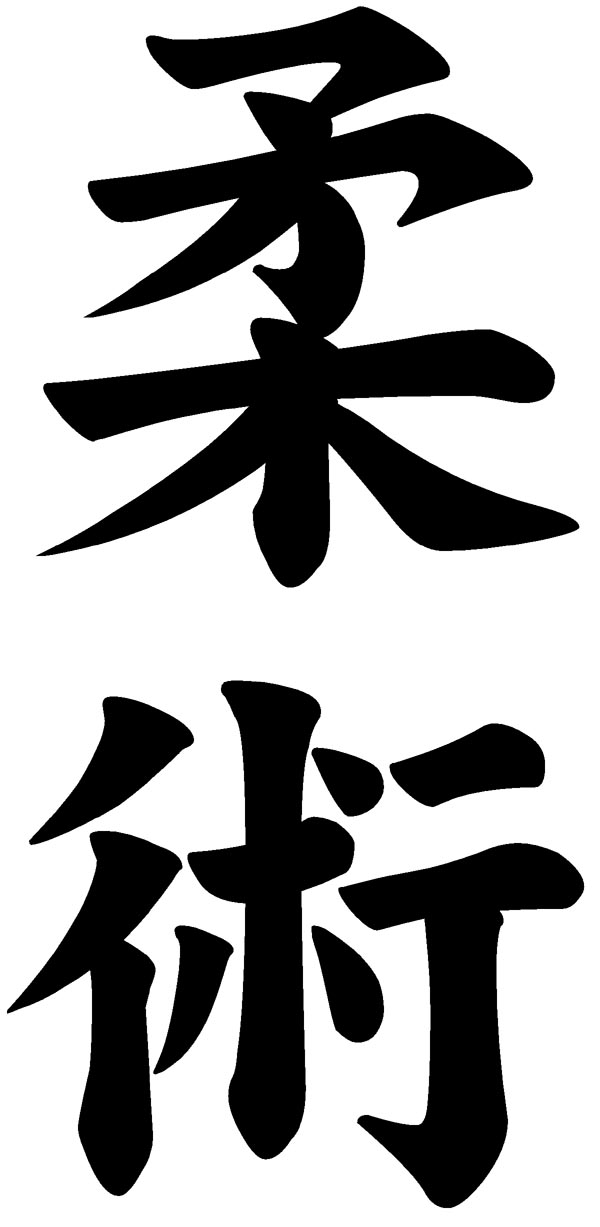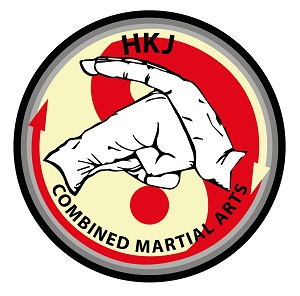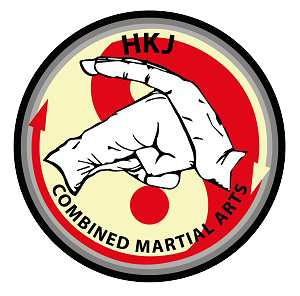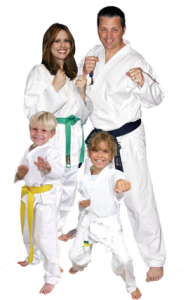Our club was originally formed in 2002 as 'Horwich Karate Jitsu' or 'HKJ' for short and quickly became acknowledged as one of the best martial arts clubs in Bolton.
Now based at Ladybridge High School in the Deane area of Bolton, HKJ teaches a combined martial art called Karate Jitsu which takes the best elements from a number of martial arts systems that can be best applied in a real world environment.
We really encourage family members to take karate lessons together, many of our pupils have brothers, sisters, uncles and dads all participating together.
If you're looking for a martial arts club or karate club in Bolton, one thing we guarantee is that you’ll have great fun and leave with a smile on your face!
The overriding principles of the club are to learn all forms of martial arts, constantly look to improve the our syllabus or techniques, be open to different styles and instructors, honour, respect and basically to enjoy learning martial arts
Chief Instructor

The origins of our system come from;
Karate – a martial art developed in Japan, Karate is predominantly a striking art using punches, kicks, knee strikes, elbow strikes and open hand techniques like knife hands, spear-hands, and palm-heel strikes. Karate lessons are excellent for developing good hand eye coordination
Ju Jitsu / Jui Jitsu / JuJitsu – a Japanese martial art designed for close combat situations. Ju Jitsu uses the opponents force against himself rather than confronting it with one’s own force, which makes it particularly suitable to all age groups, regardless of physicality. Ju Jitsu primarily utilises pins, joint locks and throws to neutralise an opponent. Ju Jitsu is a key discipline for those practicing mixed martial arts.
Fu Jow Pai – a Chinese martial art modeled on the behaviour and fighting strategy of an attacking tiger, fast, agile and powerful using techniques like ripping, tearing, clawing and grasping.
Jeet Kune Do – a system designed by Bruce Lee based on intercepting or attacking while one’s opponent is about to attack. Jeet Kune Do uses minimal movements combined with extreme speed for maximum effect. Kicking, punching, trapping and grappling are key techniques used in the Jeet Kune Do system.
“It is not the man that chooses the martial art, but the martial art that chooses the man”!
 Sensei Mark Price
Sensei Mark PriceClub Founder
Our Club Logo
Our club logo is based on the ancient Chinese symbol which we refer to in the West as 'Yin and Yang'.
Yin and Yang are two powerful opposing but complimentary forces.
The philosophy teaches that where there is power there must always be softness; you must be passive whilst moving into activeness; principles which are the core components of balance and strategy found in most martial arts.
Yin represents movements that are slow and gentle (think of T'ai Chi) whereas Yang represents fast, hard, aggressive movements. Yang movements are punches, kicks, and most blocks which are taught in martial arts like Karate.
Most martial arts are Yang arts.
The addition of Yin to the body's movements are moves which facilitate balance, moves which conserve energy, moves which use an opponent's energy against him. This is a key principle in the martial art we teach called Ju Jitsu.
These principles of Yin and Yang are perfectly encapsulated within HKJ's Karate Jitsu syllabus.

Some frequently used Japanese terms you’ll hear when training
It’s important to learn some of the traditional terminology when studying a martial art. No matter where you train in the future, you’ll always come across these terms;
Training Room Dojo
Teacher Sensei
Mentor Senpai
Training suit Gi
Belt Obi
Bow Rei
Start Hajime
Stop Yame
Example Kata


